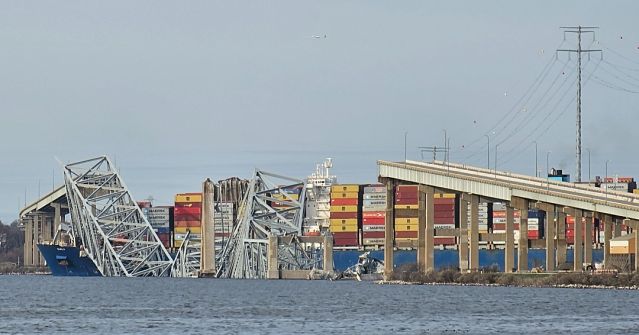The transportation and logistics industry is currently busy focusing on the holiday peak season, but with the year coming to a close, it’s time to start looking into the New Year. According to CBRE Group, a real estate consulting group, the U.S. industrial and logistics market will see some dramatic shifts in 2020.
Industrial vacancy rates have been low for the past few years. This means that absorption gains will be difficult to achieve as there is severely limited space in several key markets. Due to this, there are higher than normal renewal rates, especially in markets with the lowest vacancy rates. Logistics companies and retailers are opting to stay put in the tight market rather than move or expand. This trend is expected to continue, and may even accelerate, throughout 2020.
New space is expected to hit the market in 2020, meaning available industrial supply with exceeding demand in 2020. This has not been the case for the past several years. However, recently there has been a surge to build fulfillment and delivery centers to meet e-commerce demand. These new distribution centers are being established close to urban hubs in order to meet the quick delivery times expected by consumers. For the first time since the 2008 recession, supply will outpace demand by 20 million to 30 million sq. ft.
The market is not expected to be as tight, however, some areas such as Northern New Jersey, Chicago, and LA, will continue to have severely low vacancy rates. These are expected to sustain as such through 2020 and beyond. CBRE identified a few secondary markets with high investment perspectives being considered by logistics companies. These include: Charlotte, Cincinnati, Denver, Louisville, Orlando, Portland, St. Louis, and Tampa.
Despite more inventory hitting the market, logistics companies should expect to see rising rent costs. CBRE predicts that rent will grow 5% year-over-year. Rent growth will be driven by two main factors, the first being that the delivery of new product commands a higher rental rate. The second reason is that the growth of last-mile facilities commands a higher premium. E-commerce will continue to shape the logistics industry in 2020. Major logistics companies are already establishing smaller, more localized facilities to meet quick delivery times with some even exploring multi-story warehouses.
Overall, the logistics and industrial real estate market looks good heading into 2020. Trade conflict, such as the tension between the U.S. and China, is expected to have little impact on the market. “Despite some softening in the industrial & logistics (I&L) market, overall fundamentals will remain strong due to continued e-commerce penetration and demand for logistics space,” CBRE wrote. “Rent growth will be driven by newly constructed facilities and infill properties. Although there are trade-related risks, resilient consumer spending will buoy the I&L market and mitigate any tariff effects on major hubs relying on port activity.”



